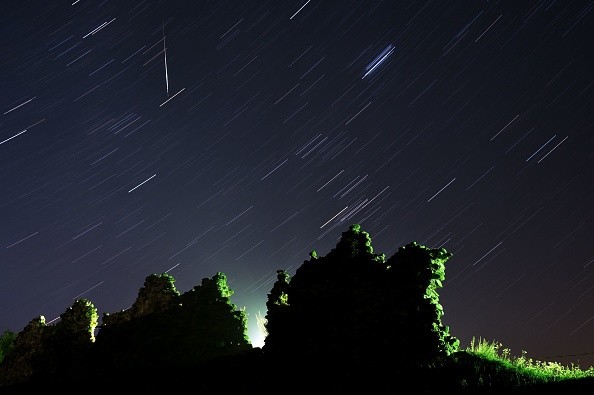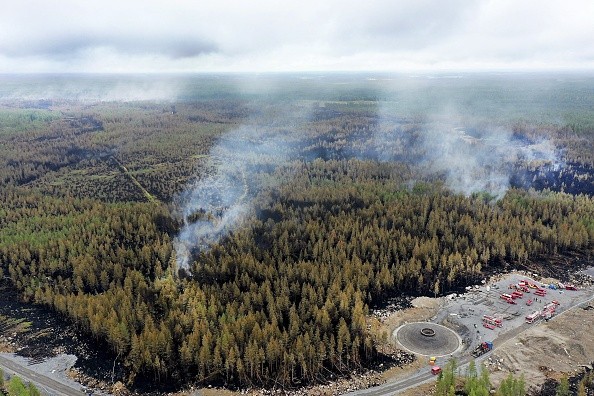Conditions seem good for the 2021 Perseid meteor shower, although the wildfire season in the Pacific Northwest may disturb the event.
On the 11th to 13th of August, the Perseids will peak, as per the American Meteor Society, when watchers should be capable of viewing around 50 meteors every hour under clear, dark skies.
The Director of space science education at the Oregon Museum of Science and Industry, Jim Todd, reveals that the best viewing should be offered in the evening of Aug. 12 which is Thursday, though meteors should be powerful Wednesday through Friday morning the coming week.

To witness this event, Oregonians should focus to the northeast as the initial stars show up at night, Todd said, letting their fixed look wander over a massive portion of the sky, looking to see bright streaks of light across the stars. The best skies are dark and remote, though some meteors can also be seen in brighter cities.
While the brightness of the moon won't be a big problem this 2021, clouds or smoke from active wildfires across the area could conceal the meteor shower. On the 12th of August there will be a waxing crescent moon.
Wildfire Smoke
This summer, smoke has been a continuous problem in eastern Oregon, a place that is also an abode to some of the state's darkest skies. Conditions have gotten better as recent wildfires gradually diminish, but as the menace of fire still looms, so does the chance that smoke could conceal the year's best meteor shower.
Star gazers can research online for the latest smoke forecast ran by the National Oceanic and Atmospheric Administration at airquality.weather.gov and the forthcoming weather forecast at weather.gov.
Before now, OMSI has thrown star parties for the Perseid meteor shower at Rooster Rock and L.L. Stub Stewart state parks, but this 2021- like 2020 - those parties are not being hosted because of the ongoing covid-19 pandemic.

Perseid Meteor Shower
The Perseid meteor shower takes place as the Earth propels through a debris path abandoned by the Swift-Tuttle comet during its previous journey past the sun in 1992. When a comet moves past the sun it releases dusty and icy debris in a stream at the back of the comet's orbit. When that debris gets into Earth's atmosphere it comes to view as a meteor shower.
Perseids derive their name from Perseus, the constellation in which they are viewed.
If all the Perseid meteors are traced backward, all of them seem to arise from the constellation Perseus, close to the well-known Double Cluster. For this reason, the meteor shower is named in honor of the Hero, the constellation Perseus.
Each year, from around the 17th of July to the 24th of August, the Earth travels across the orbital path of the Perseid meteor shower's parent, Comet Swift-Tuttle.
Related Article : Quarantid First Meteor Shower 2021: Everything You Should Know
For more news, updates about perseid meteor showers and similar topics don't forget to follow Nature World News!
© 2026 NatureWorldNews.com All rights reserved. Do not reproduce without permission.





